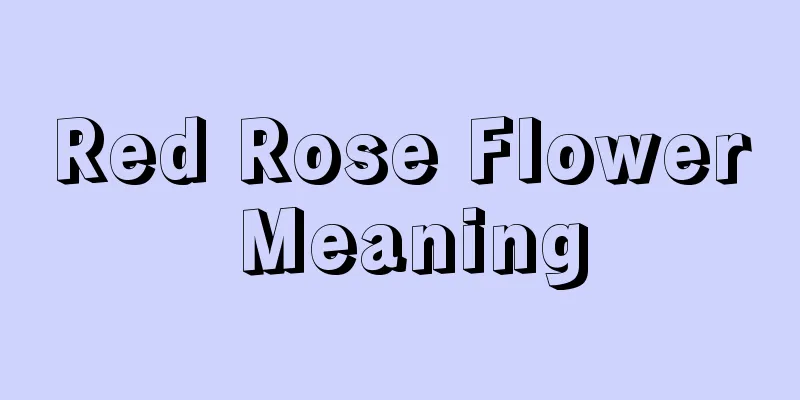Cultivation methods and precautions of colored calla lily

1. Maintenance methods1. Soil: Soil with good air permeability is more suitable for its growth. When preparing the soil, you can put a layer of sand at the bottom of the flowerpot, and the top layer can be mixed with garden soil or sandy soil and leaf mold. 2. Temperature: It prefers a cooler growing environment, and the most suitable temperature for its growth is 22-30℃. In the summer, you must pay attention to high temperature and sun protection. When winter comes, you must move it indoors as soon as possible because it is afraid of the cold. 3. Watering: Just keep the soil in the pot slightly moist at ordinary times. There is no need to strictly customize the watering time. If you find that the soil is turning white and dry, water it thoroughly. In summer, you can spray water frequently to keep it moist and clean the leaves. 4. Light: It can be placed indoors during normal maintenance, but it needs more sunlight during its rapid growth stage. The light requirements are different at different stages, just make sure the sunlight is not too strong. 2. Breeding techniques1. Post-flowering care: After its flowers bloom, they will lose their ornamental value, so the withered flowers should be cut off in time. Also pay attention to cutting off the surrounding dead and old branches to avoid waste and excessive loss of nutrients so that it can grow better. 2. Pruning: When repotting, you should also prune the roots appropriately, and remove all the dead and rotten roots to promote the growth of new roots. Just change to a bigger flowerpot, put some soil in it and replant it. 3. Problem diagnosis and treatment1. Yellow leaves: The most common reason is that there is insufficient nutrients in the potting soil, which means it is time to apply fertilizer, which will cause yellow leaves. Fertilizer should be applied to it in time to ensure sufficient nutrients. 2. No flowering: The reason why it does not bloom may be that the temperature of the environment in which it grows is too high. If the temperature is too high, it is not conducive to its flowering, and there must be sufficient light to promote its flowering. Therefore, the temperature should not be too high during maintenance, and the temperature should be lowered to 30℃. IV. Other issues1. Toxicity: Colored Calla Lily is somewhat toxic. It contains alkaloids and herbal calcium crystals, so you must be careful not to eat it accidentally during maintenance. 2. Can it be raised indoors? Although it is poisonous, there is no problem in raising it indoors. Just be sure to place it at a higher place away from children. |
<<: How many years can Lithops be grown?
>>: Cultivation methods and precautions of water shield
Recommend
Maintenance of common flowers-watering
camellia Now water it once every 4 or 5 days, and...
Appreciation of the Art of Peony Flower Arrangement
Tips for peony flower arrangement Peony flower ar...
What to do if the leaves of green radish wilt and become soft in winter
1. Keep warm in time Reason: The temperature is l...
Differences between Cotinus coggygria and Cotinus coggygria
1. Tree shape difference The crown of the Cotinus...
How to prolong the flowering period of daffodils
1. Flowering time Daffodil is a highly ornamental...
The efficacy and function of passion fruit
The efficacy and function of passion fruit Edible...
How long is the growth cycle of yew?
Growth cycle of yew The growth cycle of yew is 10...
There are 5 ways to propagate green radish by cuttings. If you learn one, you will have more space at home!
Green radish hydroponics If you want to increase ...
How to fertilize trumpet creeper
Plants' need for fertilizer It has a relative...
How to grow Schefflera in autumn
1. Replace the soil In autumn, you can observe th...
Should you chew passion fruit seeds?
1. Reasons Passion fruit seeds contain high-quali...
There are ten kinds of flowers that symbolize Christmas. They are used in all Western festivals. Have you used them?
1. Eucalyptus Blue Dream Flower language: Gift Th...
Why do hydrangeas turn green?
Hydrangea naturally turns green There are some va...
How to graft azalea
Belly grafting Using Rhododendron pubescens as ro...
How to grow potted lilies
1. Change the pot in time For potted plants, you ...









